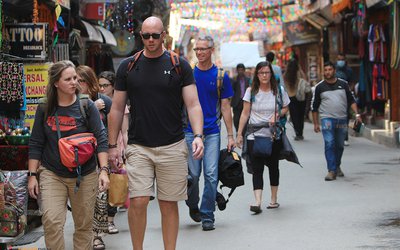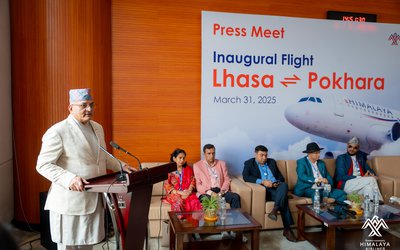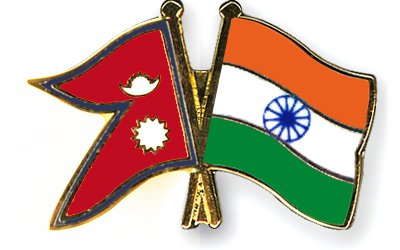
As Nepal’s tourism sector is one of hardest hit by the Covid-19 pandemic, there are greater concerns over how to revive the industiry.
However, a recent report published by IFC has shown that there is a way for an early recovery. Although the report is based on small pocket areas, it has shown that the project can be used for broader purposes.
With increased private sector investement, Annapurna Conservation area is a great attraction for internal and external tourists in Nepal.
Increased private-sector investment in the Annapurna Conservation Area could bring in more high-spending tourists to help boost the local economy in a post-COVID market, according to a new IFC report.
The report—Architectural and Cultural Heritage Tourism Products in Nepal: An Assessment of New Private Sector Investment Opportunities in the Annapurna Conservation Area—examines the opportunities for investors to capitalize on the area’s triple offering of landscape, architecture, and culture.
The Annapurna Conservation Area now caters to two main visitor groups: Hindu and Buddhist pilgrims visiting Muktinath, an important site for both religions, and adventure tourists—hikers, trekkers, and mountaineers. The Annapurna Area has long been the most popular trekking destination in the country, accounting for roughly 60 percent of all trekking holidays.
The report says the area could attract higher value tourists who could spend about 20 percent more if there was a greater action to boost accommodation. While there are over 1000 hotels, lodges, and tea shops, these cater to low-budget travelers. In order to appeal to higher-value tourists, the report lays out four potential investment concepts: converting old, abandoned houses in a street in Tukuche village into boutique hotels; redeveloping an abandoned, heritage house in Jharkot into a boutique luxury hotel; establishing a network of lodges along the Seven-Passes trail in Manang; and setting up a coffee shop franchise in Lower Mustang and Manang.
“High spending tourists are willing to pay premium prices for comfortable accommodation in the Himalayan region, as has been the case in Bhutan,” said IFC’s Resident Representative in Nepal Babacar S. Faye. “In view of the gigantic losses that Nepal’s tourism industry has suffered due to the pandemic, it should create a new roadmap to align with the new market reality. It has the opportunity to attract more high-end tourists, a move that will impact the supply chain, and have positive ripple effects on the country’s economy.”
To attract higher spending tourists and sustain local communities engaged in tourism, the report makes it clear that more private sector investment is crucial. Tourism in Nepal has been the hardest hit sector by COVID-19 impacts. An estimated 230,000 jobs are at risk, 20,000 tour and trekking guides unemployed, and 2,600 trekking agencies closed, amounting to a loss of around $460 million to the country’s GDP.
The study is part of IFC's continued support to Nepal's tourism sector as it struggles to recover from the pandemic.
- MELAMCHI WATER SUPPLY: No Interruption During Monsoon
- Jun 25, 2025
- KOREAN RETURNEES: Successful Integration
- Jun 25, 2025
- UPPER TRISHULI-1: Engaging With Local
- Jun 25, 2025
- IME GROUP: Twenty Five Years Of Journey
- Jun 24, 2025
- NEPAL’S AIR POLLUTION: A Growing Health Concern
- Jun 24, 2025















